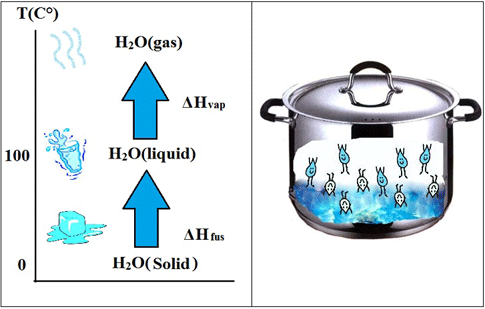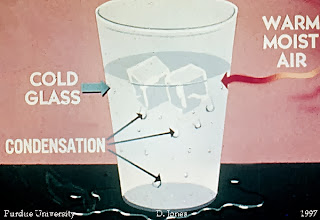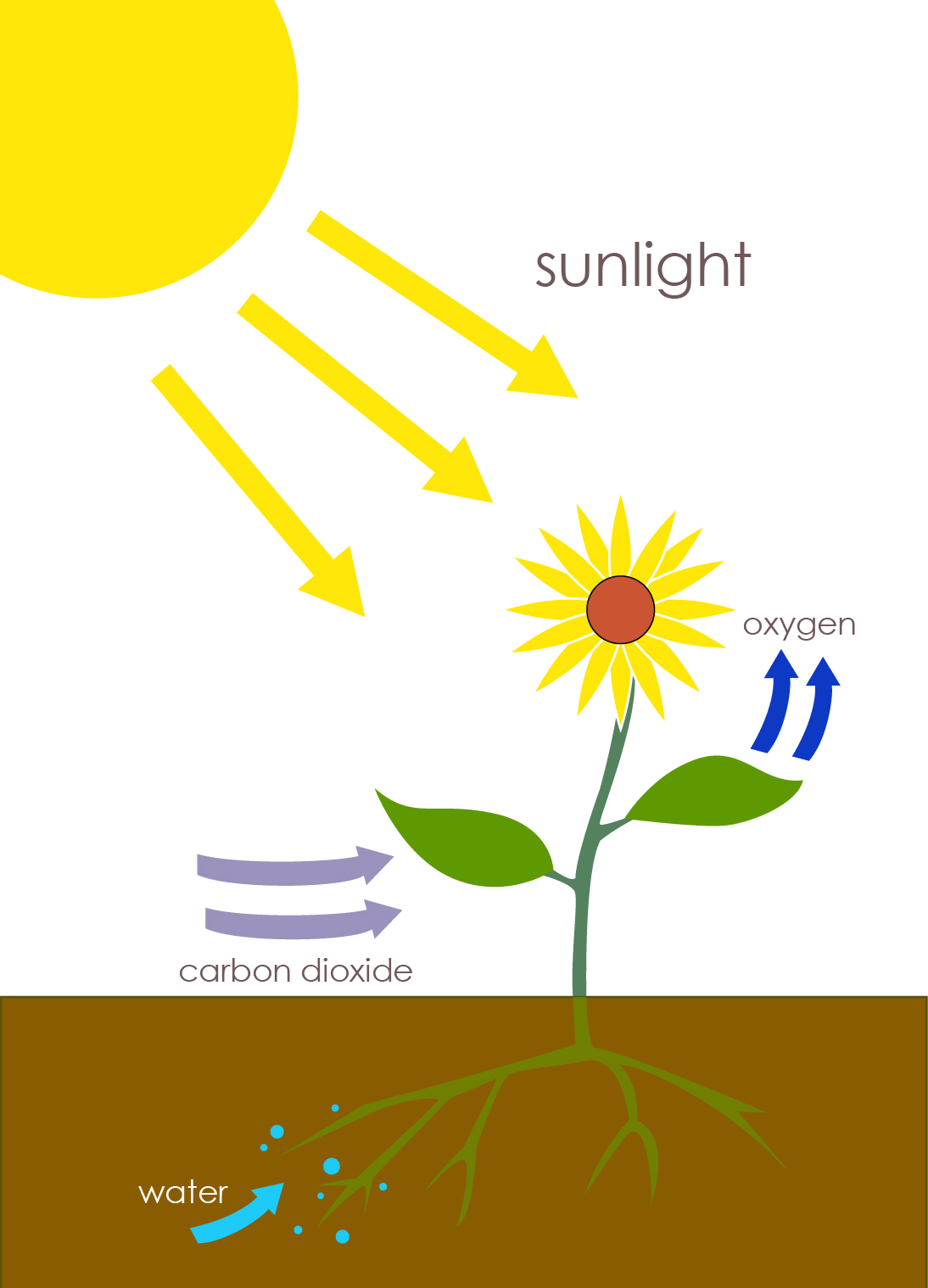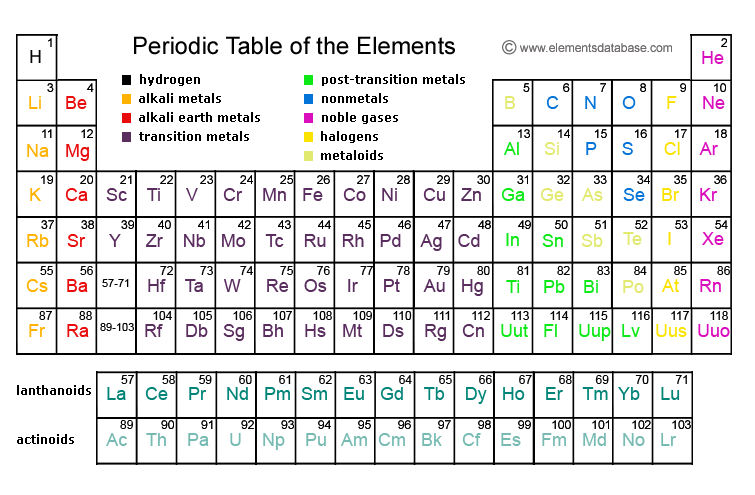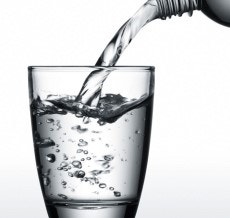Hello, I am going to talk about Isaac Newton. Have you ever heard about him? If you haven't it will appear a lot in the future. Actually, you will learn about him during school. So, who is he? He is a gifted person in my opinion. He worked in science and math. Actually, he was great in science and math. He had made calculus, you know..
Isaac Newton
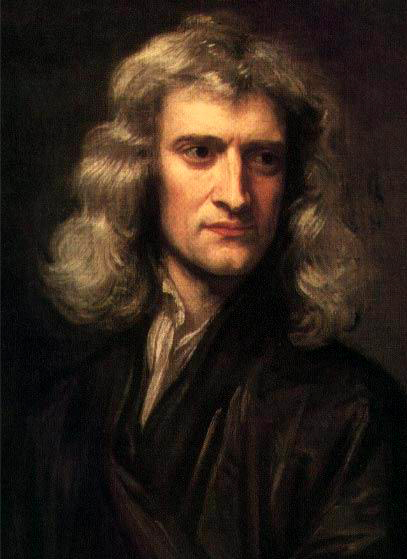
However, he has a sad story in his past. He was born in 1643, 1/4 at Woolsthorpe in England. He was born so small that nobody had expected him to stay alive. Newton's dad died three months before he was born, and I know it is sad because he couldn't see his son being called "The Father of Physics." Well, after Newton was born, mom had married the old guy, and Newton was sent to his grandmother. It is quite sad.. Actually, he almost become a farmer, but his uncle had convinced Isaac Newton's mother to let him go to Cambridge University.
If I tell you about Newton's discovery through his life, even though he had a hard time in the past, he had worked in many things.
 cambidge university
cambidge university
The first thing is that he had made CALCULUS. Calculus is the part of math learning in upper level. It is used to get the area of the irregular shapes like oval or something like that.
The second thing he discovered is about the light. In the past, people had never thought that the white light is compound of red, orange, yellow, green, blue, navy, and violet. (In the future, optics and motions are discovered) Also, he discovered that the light is made up of the particles.
The third thing he discovered and defined is the laws of gravity.
The fourth thing is that he defines planetary motion.
The fifth thing is that he defines three laws of motion. This describes that how all the universe act. This also explain how the gravitational force works. You know, Earth pulling the moon, and everything in the universe..
The last is an invention. He invented a better telescope, a reflecting telescope. This telescope was using concave mirrors instead of lenses. This helped to look the object without loosing the original object's color.
 prism
prism
You know what? He had been other things other than a person sitting and defining things. He was a professor of mathmatics, Member of the Royal Society (He was president each year until his death), he was also knighted by the Queen Anne for his contribution, which led him to award a knighthood for scientific achievement. The most shocking thing is that he was really religious. You know, it is extremely rare to see a great scientist to be a deeply religious person because those spirits are hard to relate with science, but Isaac Newton was different, he was religious.
Oh! Did I tell you that he attended Cambridge University but had to go back to Woolsthorpe where he was born, and than had to come back to University 2 years later? There were bubonic plague through London, killing huge number of people. That made Cambridge school to close, and made him go back. Actually, returning to his house was a good thing. The year he was working at home is called "Miracle Year" now. He had figured out laws of motion, forces and gravity/ discovery of light and optics/inventing a new branch of math Calculus. These things happened this time between 1655-1667. Surprising right?
 westminster abbey
westminster abbey
Newton died in 1727. He was buried in Westminster Abbey, and he was the first scientist to be awarded this high.
So have you learn many things here? I hope you did, but if you think you need to learn more about it, click here!
Isaac Newton

However, he has a sad story in his past. He was born in 1643, 1/4 at Woolsthorpe in England. He was born so small that nobody had expected him to stay alive. Newton's dad died three months before he was born, and I know it is sad because he couldn't see his son being called "The Father of Physics." Well, after Newton was born, mom had married the old guy, and Newton was sent to his grandmother. It is quite sad.. Actually, he almost become a farmer, but his uncle had convinced Isaac Newton's mother to let him go to Cambridge University.
If I tell you about Newton's discovery through his life, even though he had a hard time in the past, he had worked in many things.
 cambidge university
cambidge universityThe first thing is that he had made CALCULUS. Calculus is the part of math learning in upper level. It is used to get the area of the irregular shapes like oval or something like that.
The second thing he discovered is about the light. In the past, people had never thought that the white light is compound of red, orange, yellow, green, blue, navy, and violet. (In the future, optics and motions are discovered) Also, he discovered that the light is made up of the particles.
The third thing he discovered and defined is the laws of gravity.
The fourth thing is that he defines planetary motion.
The fifth thing is that he defines three laws of motion. This describes that how all the universe act. This also explain how the gravitational force works. You know, Earth pulling the moon, and everything in the universe..
The last is an invention. He invented a better telescope, a reflecting telescope. This telescope was using concave mirrors instead of lenses. This helped to look the object without loosing the original object's color.
 prism
prismYou know what? He had been other things other than a person sitting and defining things. He was a professor of mathmatics, Member of the Royal Society (He was president each year until his death), he was also knighted by the Queen Anne for his contribution, which led him to award a knighthood for scientific achievement. The most shocking thing is that he was really religious. You know, it is extremely rare to see a great scientist to be a deeply religious person because those spirits are hard to relate with science, but Isaac Newton was different, he was religious.
Oh! Did I tell you that he attended Cambridge University but had to go back to Woolsthorpe where he was born, and than had to come back to University 2 years later? There were bubonic plague through London, killing huge number of people. That made Cambridge school to close, and made him go back. Actually, returning to his house was a good thing. The year he was working at home is called "Miracle Year" now. He had figured out laws of motion, forces and gravity/ discovery of light and optics/inventing a new branch of math Calculus. These things happened this time between 1655-1667. Surprising right?
Newton died in 1727. He was buried in Westminster Abbey, and he was the first scientist to be awarded this high.
So have you learn many things here? I hope you did, but if you think you need to learn more about it, click here!

 There are
There are 




_190854.jpg)



